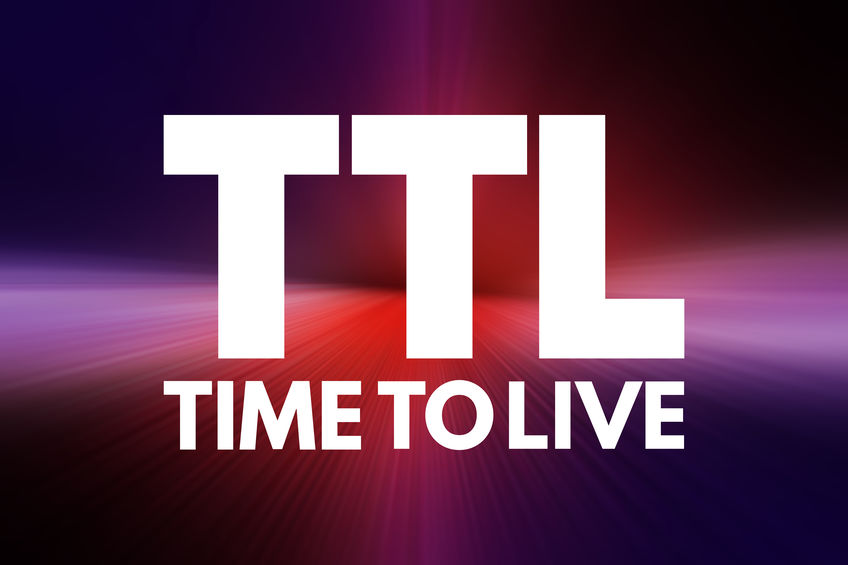The topic of this article is the DNS tunneling attack. First, we will explore it in detail. Then you’ll be able to confidently assert that you know what it does and why it’s so harmful. So, without further ado, let’s get started.
DNS tunneling attack – definition
DNS Tunneling attack is cybercriminal activity. As the name implies, it is the Domain Name System attack type. Its method of operation is simple. DNS queries and responses encode the data of other programs or protocols, most often malicious. This gives attackers a covert command and control route as well as a way to steal data.


